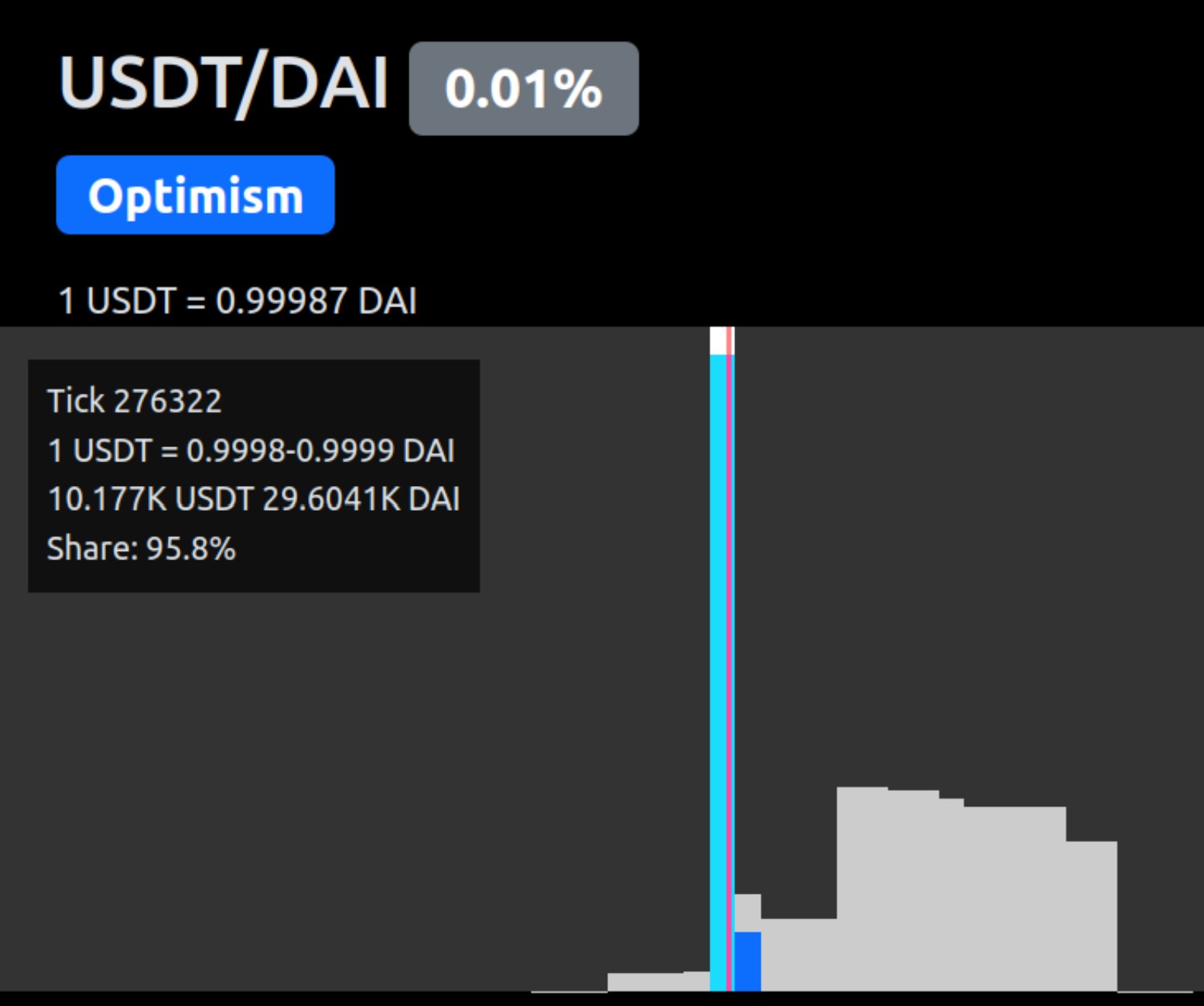ACLM - Advanced Concentrated Liquidity Manager
Our ACLM is built on top of V3 Conc. Liquidity DEXs (namely UniswapV3 and its forks). Using uniquely developed strategies, we improve swap rate efficiency for liquidity pairs (less slippage), and we achieve a higher than average APY for users providing liquidity.
Key features of our ACLM include:
Dynamic setting of positions and ranges.
Automated rebalancing for optimal yields.
Simplified single-token deposit system.
Our Strategy automatically compounds fees and rebalances its position around the current price. This streamlines the liquidity provision process, reducing additional actions from users, earning them sustainable yields via swap fees.
How our ACLM stands out
Our ACLM distinguishes itself from other liquidity managers by maintaining a dynamic range on V3 positions, adjusting to be narrower or wider depending on price fluctuation and volatility trends. This approach ensures that we consistently manage to host active liquidity, leading to more efficient swap volumes.
Examples of past performance:
Stable vaults delivering consistently strong yields over a number of months, eg.
USDC/DAI at 20-30+% APY
wstETH/ETH at 10+% APY
WBTC/BTC.b at 10+% APY
High-yield returns on volatile pairs, successfully countering impermanent losses, eg.
ARB/ETH at 101+% APY
BTC/ETH at 36+% APY *the above APY are all achieved purely via swap fees
Dominating over 90% of active liquidity in OP Chain's USDT/DAI and USDC/USDT pools (link)
Hosted 20%+ of active liquidity in OP Chain's wstETH/ETH pools
Hosted 50%+ of active liquidity in Base Chain's USDC/USDbC pool

*managing 88.3% of active trading liquidity for USDT/DAI Uniswap V3 (Optimism) - 28 Feb '24
Find out more about our Strategies here:
StrategiesUnderstanding the Source of APY
Many defi users that have been depositing in V2 LPs may be familiar with the farming mechanism, where staking an LP gets you APY from DEX farming tokens. APY from V3 Conc. Liquidity pools comes mainly from swap fees, providing a sustainable source of yield for liquidity providers.
Some additional APY are added as incentives via Merkl. Our vaults are designed to harvest the rewards and compound them for users automatically.
Last updated
Was this helpful?